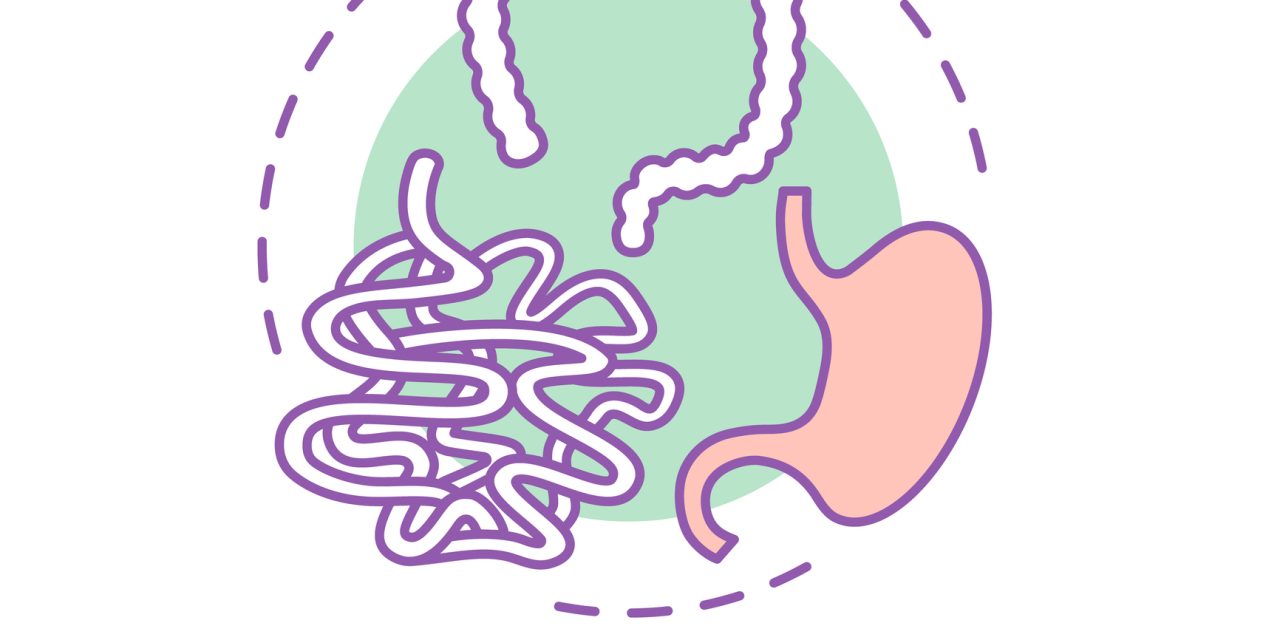For a study, diarrheal illnesses were still the second leading cause of death in children under five in developing countries. A complete understanding of the influence of diarrhea on bacterial communities in the human gut was hampered by inadequate bacterial identification resolution and the analysis of only a few etiological agents. The researchers wanted to investigate the nature of gut microbiome alterations during the early phase of infectious diarrhea induced by multiple etiological agents in children by profiling an extended area of the 16S rRNA gene in the fecal microbiome. Before antimicrobial therapy, feces samples from 145 diarrheal patients with a proven infectious etiology and 54 control subjects were examined. The researchers discovered that the diarrheal fecal microbiota could be divided into 4 distinct microbial configurations, resembling or differing significantly from a health condition. These microbial community patterns were substantially related to age, nutritional state, lactation, and the cause of the infection. Even in the absence of global dysbiosis, the researchers found a consistent rise of Fusobacterium mortiferous, Escherichia, and oral bacteria in all diarrheal fecal microbiome topologies, suggesting similar mechanistic connections. Furthermore, regardless of the etiological agent, Bifidobacterium pseudocatenulatum was severely depleted during dysenteric diarrhea, implying that more research into using this species as a dysentery-oriented probiotic therapy was needed. The researchers contributed to a better understanding of the multifaceted impact of viral diarrhea on the gut microbiome and point to new treatment possibilities.
Link:www.tandfonline.com/doi/full/10.1080/19490976.2017.1361093


